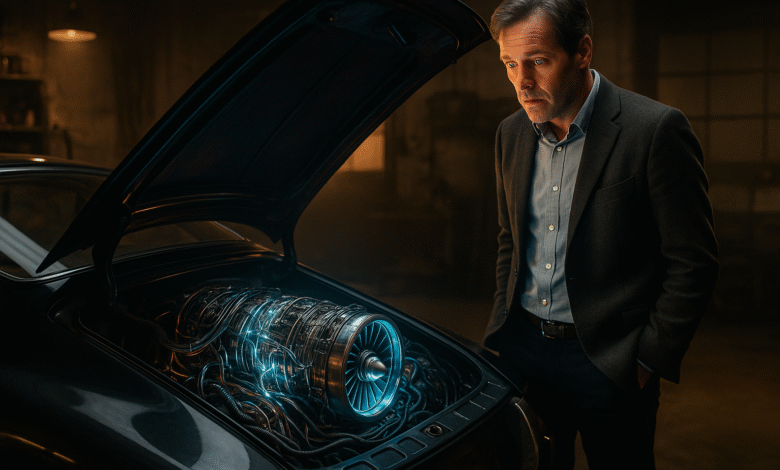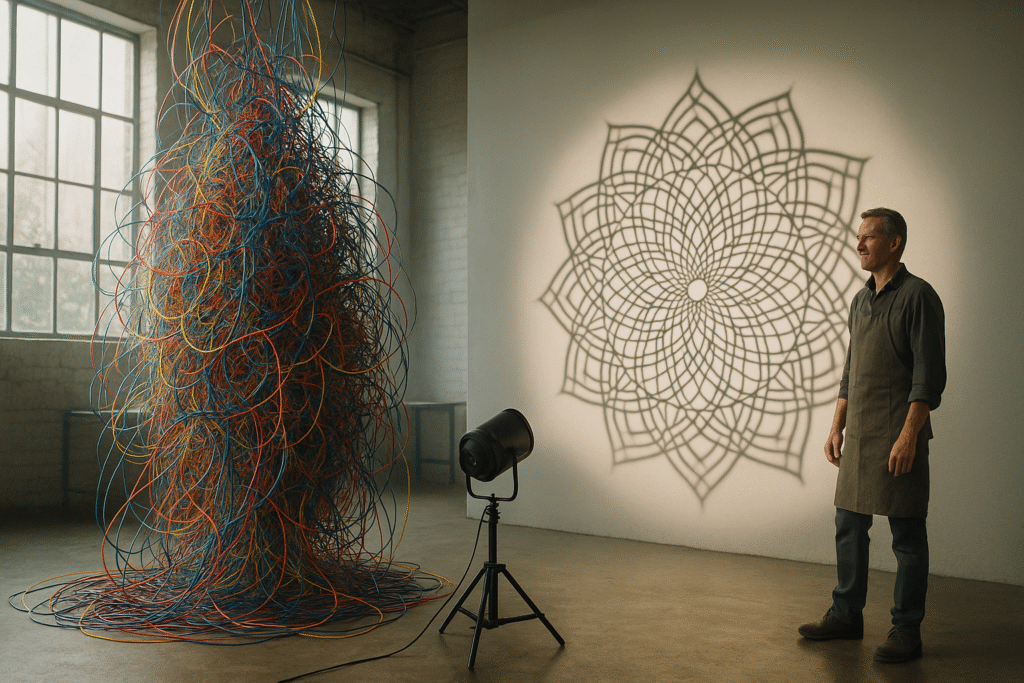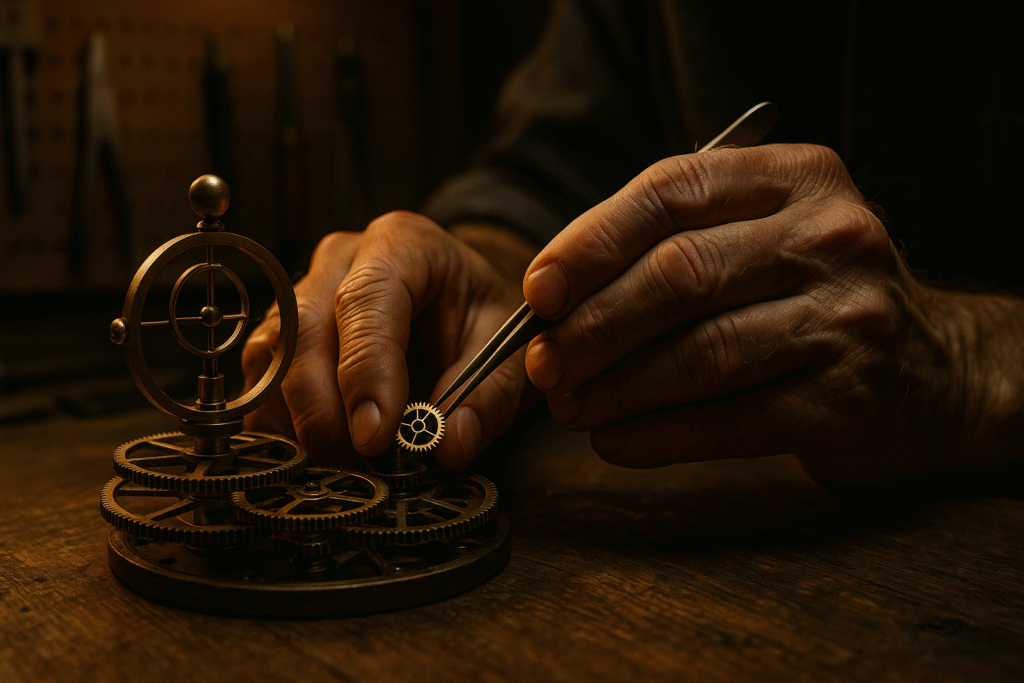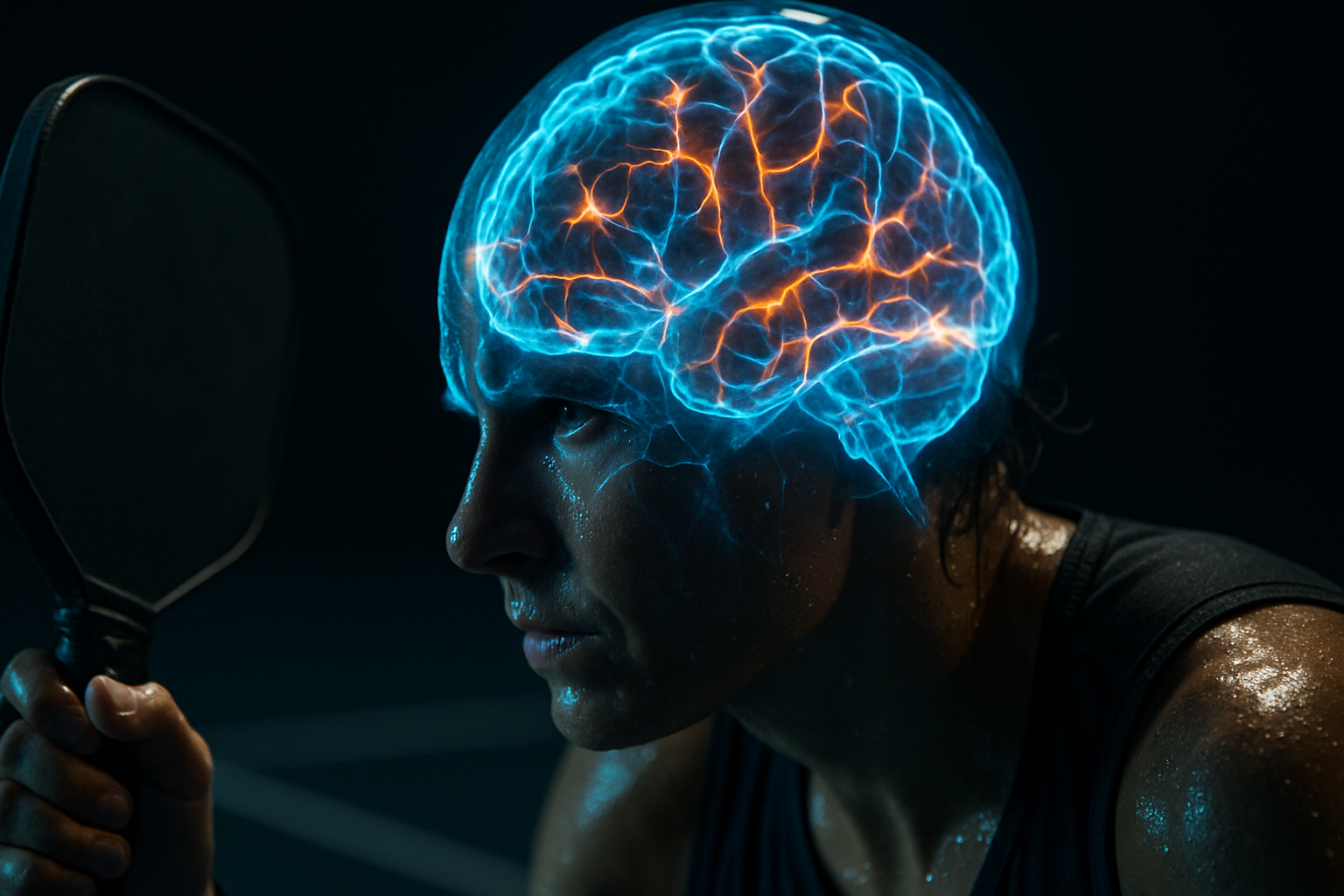Your Midlife ADHD Diagnosis Isn’t a Crisis. It’s a New Operating Manual.

Table of Contents

Hey there. Let’s talk about something that might feel both overwhelming and strangely familiar.
Have you spent years feeling like you’re working twice as hard just to keep up? Maybe you’re full of great ideas, but seeing them through to the end feels like a constant battle. Your desk might be a graveyard of half-finished projects. You can pull an all-nighter to nail a complex proposal, but then forget a dentist appointment you’ve had for months. People might see you as incredibly creative, but maybe also a bit scattered.
Then, sometime after 40, a doctor or a therapist gives it a name: ADHD.
For many of us, that moment is a whirlwind. It can be a profound relief—finally, an explanation for a lifetime of feeling just a little out of sync. It can also be daunting. It’s the answer to a question you’ve been asking your whole life, but it opens the door to a dozen new ones.
Let’s get one thing straight right away: This isn’t a guide about a “disorder” or a “deficit.” We’re going to set aside the clinical language for a minute. This is a conversation for men like us, an attempt to reframe the narrative. The brain you have isn’t broken. It’s just wired differently. Think of it as a high-performance engine that requires a different kind of fuel and a different style of driving.
It’s time we learned how to get it on the open road.
Recognizing the Patterns: What ADHD Can Feel Like for Us
The classic image of ADHD is a kid who can’t sit still in class. For us, as adult men, it often looks and feels very different. The hyperactivity we might have had as kids doesn’t just vanish; it often turns inward. It can feel like a constant mental buzz, like having 50 browser tabs open in your brain at once. It’s that internal restlessness that can make a long, boring meeting feel like a special kind of torture.
The official resources, like the Mayo Clinic and the ADHD Coaches Organization (ACO), break the symptoms into two main categories. As we look at this list, let’s see if any of these patterns feel familiar from our own lives.
| Common “Inattention” Patterns | Common “Hyperactivity/Impulsivity” Patterns |
| Finding it hard to stay focused during long conversations (and hoping no one notices we’ve drifted). | A persistent feeling of internal restlessness, like a motor that’s always running. |
| Making small, careless mistakes on tasks we know how to do well. | A tendency to fidget—bouncing a leg, tapping fingers, clicking a pen. |
| A flexible sense of time—where an hour can vanish in what feels like five minutes. | A habit of finishing people’s sentences or talking over them, not to be rude, but because the thought just needs to get out. |
| The mysterious migration of keys, wallets, and phones to places unknown. | Finding it incredibly difficult to wait your turn or be patient in frustrating situations. |
| A real passion for starting new projects, but a struggle to get them across the finish line. | A tendency to act on impulse, making quick decisions that we sometimes have to sort out later. |
If you’re nodding along to some of these, know that you’re in good company. For years, many of us have seen these patterns as personal failings—laziness, a lack of discipline, or not trying hard enough.
Perhaps we can start to see them differently: not as character flaws, but simply as the characteristics of our unique wiring.
The Other Side of the Coin: Our Untapped Strengths
For every challenge that our ADHD wiring presents, there is often an incredible strength hidden on the other side. These aren’t “superpowers,” but they are real, valuable traits that, when we understand and nurture them, can become our greatest assets. The world wasn’t necessarily built for how our brains work, and that very fact has forced us to develop some remarkable skills.
A 2023 study in BMJ Open found that many adults with ADHD identified significant “silver linings,” including resilience, growth, and having an unconventional mind. Let’s look at what that can mean for us.
| The “Challenge” | The Corresponding Strength |
| Distractibility | Creativity & Big-Picture Thinking. Because our minds wander, we often make surprising connections between unrelated ideas. This allows us to see solutions and opportunities that others, on their linear path, might miss. |
| Hyperfocus | Deep Work & Mastery. When a topic truly captures our interest, we can dive in with an intensity that is hard to match. This allows us to master complex subjects and produce incredible work in short, powerful bursts. |
| Impulsivity | Courage & Action-Orientation. Our willingness to take a leap can be a huge asset. We’re often the ones who will start the business, make the nerve-wracking call, or take on the risky project that ends up being a game-changer. |
| Restlessness & High Energy | Drive & Resilience. That inner motor, when channeled into a project we care about, provides a deep well of energy. We can bring an enthusiasm and drive to our work that inspires the people around us. |
| Heightened Emotional Sensitivity | Empathy & Connection. We often feel things deeply, which can be challenging. But it also allows us to connect with others on a genuine level, to understand their perspectives, and to lead with passion and heart. |
For our whole lives, we may have been told these traits were problems to be fixed. But in the right environment—a dynamic job, a creative project, an entrepreneurial venture—these aren’t just advantages; they are often exactly what’s needed for success.
Building Our Toolkit: Practical Strategies for a Thriving Life

Understanding our strengths is the first step. The next is to build a life that plays to them while supporting the challenges. This isn’t about trying to become someone we’re not. It’s about creating systems and routines that reduce the mental load and free up our brains to do their best work. Here are some strategies that have worked for many of us.
1. Creating External Structure & Calm
Our brains might be chaotic, but our environment doesn’t have to be. The goal is to build external systems to rely on, so we don’t have to hold everything in our heads.
- Find Your Digital Co-pilot: Our working memory can be unreliable. Instead of fighting it, let’s outsource it. Use digital tools like Todoist, Asana, or even just Google Calendar religiously. Put everything in there: appointments, to-do items, reminders to call your mom. This frees up so much mental energy.
- The Two-Minute Rule: This is a simple but powerful habit. If a task comes up that will take less than two minutes, do it immediately. This prevents the buildup of small, annoying tasks that lead to overwhelm.
- Work with Your Attention Span: Our focus isn’t linear; it often works in sprints. The Pomodoro Technique can be a great ally. We work with intense focus on a single task for 25 minutes, then take a mandatory 5-minute break to stretch, walk around, or just breathe. It makes starting large tasks less intimidating and helps prevent burnout.
2. Aligning Our Work with Our Wiring
Many of us thrive in roles that are dynamic and offer a degree of autonomy, and struggle in jobs that are monotonous and rigid.
- Design Your Workspace: The modern open-plan office can be a sensory nightmare for us. A good pair of noise-canceling headphones can be a game-changer. It’s okay to communicate your needs in a professional way. You don’t have to disclose your ADHD, but you can say, “I do my best creative work when I have a quiet space and a block of uninterrupted time.”
- Lean into Project-Based Work: We often excel when we can dive deep into a new project, solve its challenges, and then move on to the next one. If possible, look for roles or projects that involve problem-solving, learning, and novelty. This keeps our brains engaged and plays directly to our strengths in creativity and hyperfocus.
3. Fueling Our High-Performance Brain
Our lifestyle choices have a massive impact on our ADHD symptoms. Prioritizing our well-being isn’t a luxury; it’s fundamental to our ability to function at our best.
- Prioritize Sleep: As recommended by health authorities like the CDC, aiming for 7-9 hours of quality sleep is crucial. For us, a consistent sleep schedule is one of the most powerful tools for regulating mood, focus, and executive function.
- Move Your Body, Daily: Physical activity is one of the most effective, evidence-backed strategies for managing ADHD symptoms. Research consistently shows it boosts dopamine, improves focus, and reduces restlessness. The key is finding a form of movement we actually enjoy, so it becomes a consistent part of our lives.
- Find a Supportive Community: Trying to explain our experience to people who don’t get it can be exhausting. Connecting with other adults with ADHD, whether in an online forum or a local group, can be incredibly validating. Sharing experiences with people who understand can make all the difference.
Welcome to the Next Chapter
Receiving an ADHD diagnosis in midlife isn’t a label that defines our limitations. It’s a manual that finally explains how our unique hardware works. It offers a new lens to understand our past and a new roadmap to build our future with intention and self-awareness.
This is an opportunity to move beyond the narrative of “disorder” and embrace the reality of a differently wired brain. It’s a chance to stop apologizing for who we are and start leveraging the incredible strengths that come with it.
Our first act may have been about trying to fit into a world that wasn’t built for us.
Our second act can be about building a world that is.







